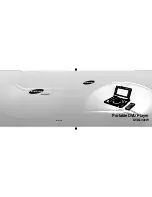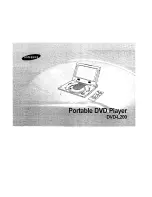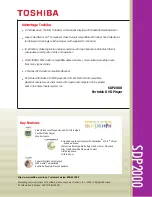
18
5.0 OPERATION
Do not attempt to bypass the PLC functionality. Charge voltage and
temperature shall not exceed the Maximum Voltage and Temperature as
specified in Table 1. It is important to MONITOR the voltage when charging the
KAPower module to its Maximum Voltage. This is the main purpose and function
of the PLC. If the voltage exceeds these ranges, contact KBI for further
troubleshooting instructions. Failure to adhere to these specifications will result
in premature module failure.
1.
Before activation, confirm, using the wiring diagrams on Figure 2 (page 10), and figure
5 (page 14), that the KSM module has been properly installed.
2.
Turn the vehicle/vessel key switch to the ON position, then push and hold down the
DPST switch to engage the KAPower KSM system until the engine starts.
3.
By using power from the KAPower capacitor, the KSM contactor will close and stay
closed whenever the DPST switch is depressed. The DPST switch is designed to
engage the vehicle, vessel, or equipment’s OEM cranking motor circuit.
4.
Whenever the KSM KAPower contactor is closed, the LED on the End-Faceplate
should be illuminated green.
5.
The engine should begin to crank-over with power being supplied from both the KSM
capacitor module and the standard battery(ies).
6.
Once the engine starts and the DPST switch is released, the KSM internal PLC
module will be active, keeping the contactor closed when required, allowing the
KAPower module to recharge.
NOTE:
If the vehicle, vessel, or equipment’s batteries are completely discharged (if
the battery is dead), it may be necessary to keep the DPST switch, or emergency start
switch depressed until the vehicle’s electrical (charging/alternator) system has
become active. The dead batteries, on their own, may not support all the engine’s
electrical power requirements to keep it running. In this case, keep the DPST switch
depressed until the vehicle’s or vessel’s charging system is active. This can be noted
by watching the engine’s volt or amp meter. The KAPower module will have enough
power to keep the engine running until the engine’s charging system becomes active.
CAUTION
Summary of Contents for KSM
Page 10: ...10 Figure 2 Typical Cable Installations ...
Page 11: ...11 Figure 3 Six 6 Cell KSM ...
Page 12: ...12 Figure 4 Ten 10 and Twelve 12 Cell KSM ...
Page 17: ...17 Figure 7 Standard MKSM Schematic ...
Page 23: ...23 Figure A1 Typical Cable Installations ...
Page 25: ...25 Figure A3 Schematic Alternate Source for Start Signal ...
Page 27: ...27 Figure B1 Typical Cable Installations ...
Page 29: ...29 Figure B3 Simplified Installation Diagram ...
Page 30: ...30 Figure B4 Standard DPST Install ...
Page 32: ...32 Figure C1 Typical Cable Installation ...
Page 33: ...33 Figure C2 Alternate Method ...
















































